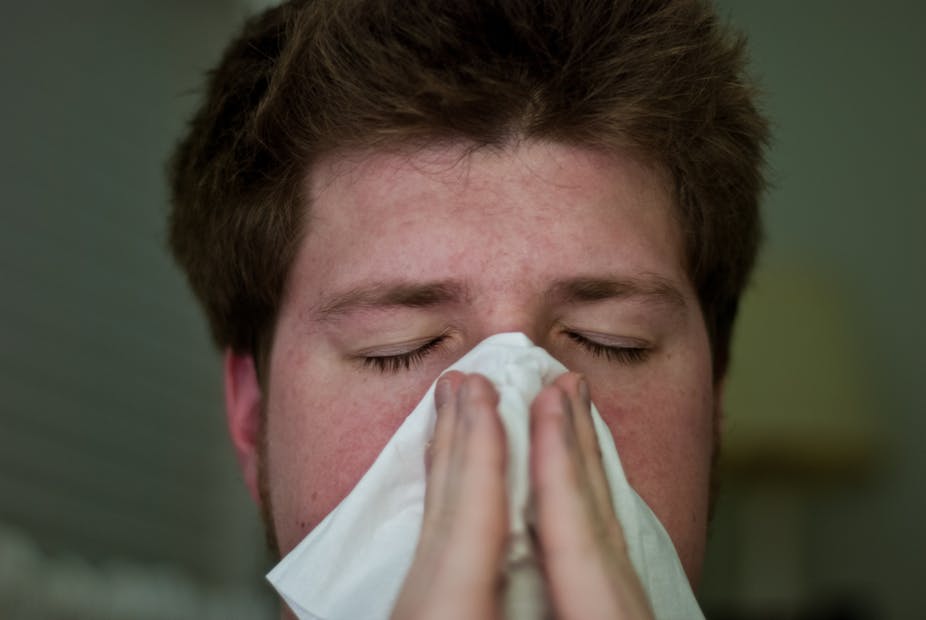Twitter has become the latest online tool to be used to monitor the spread of disease.
Researchers are looking at whether health providers can identify the locale of a disease outbreak by monitoring the social media network for complaints of illness.
Google is already working to gather data about illness through its flu trends project, by noting when users search for terms related to being unwell, although questions have been raised about how effective it can be.
Now Ming-Hsiang Tsou, a geography professor at San Diego State University, is exploring the use of Twitter to predict the spread of infection, such as influenza, by checking tweets across 11 US cities for signs of an outbreak.
Tweets mentioning keywords such as “flu” or “influenza” were logged when sent from within a 17-mile radius of the cities, which included San Diego, Denver, Jacksonville, Seattle and Fort Worth.
“There is the potential to use social media to really improve the way we monitor the flu and other public health concerns,” said Tsou. At the moment, outbreaks are monitored by hospitals and traditional health services but that leaves a long delay between reporting and issuing a public health warning.
If flu sufferers can be located through their social media use, the authorities could, in theory, issue warnings more quickly and channel resources into the areas that need them more efficiently.
Having identified tweets featuring keywords, Tsou’s programme records specific data, such as username; GPS location; and whether the tweet was sent via a mobile phone or a computer.
To test how effective this method was, his team compared the data against original reports on flu outbreaks that were produced by city and county health agencies. Of the 11 cities, nine showed a statistically significant correlation between locally reported outbreaks and the outbreaks identified on Twitter. Among these, five were detected more quickly by Twitter than the local reports.
Traditional procedures take at least two weeks to detect an outbreak,“ said Tsou. "With our method, we’re detecting daily.” This digital “infoveillance, as Tsou terms it, could be applied across a range of public health issues, such as mapping local incidences of heart attack or diabetes.
"Mining data from online social media to gain useful knowledge is both a challenge and an exciting opportunity for health researchers and public health practitioners,” said John Powell, a senior clinical researcher from the Department of Primary Health Care Sciences at the University of Oxford.
Vasileios Lampos, a research associate at the Department of Computer Sciences, University College London, agrees that machine learning techniques like these produce high levels of predictive accuracy. However, he warns that we shouldn’t get carried away with hopes for its potential. “We are not there yet,” he said. “Occasionally those models produce mistakes by being prone to hype or by not being able to adjust to a change in a seasonal pattern.”
One difficulty is separating out messages by a flu sufferer from those posted by users just talking about flu. It is difficult to differentiate between and “I’ve got the flu” tweet and a tweet about a friend who has the flu, possibly in a different city or even country. Nevertheless, researchers are making progress towards being able to do this, adds Lampos.
As a next step, Tsou plans to look into monitoring tweets that might be less obvious indicators of illness, such as those containing words like “cough” and “sneeze”.

